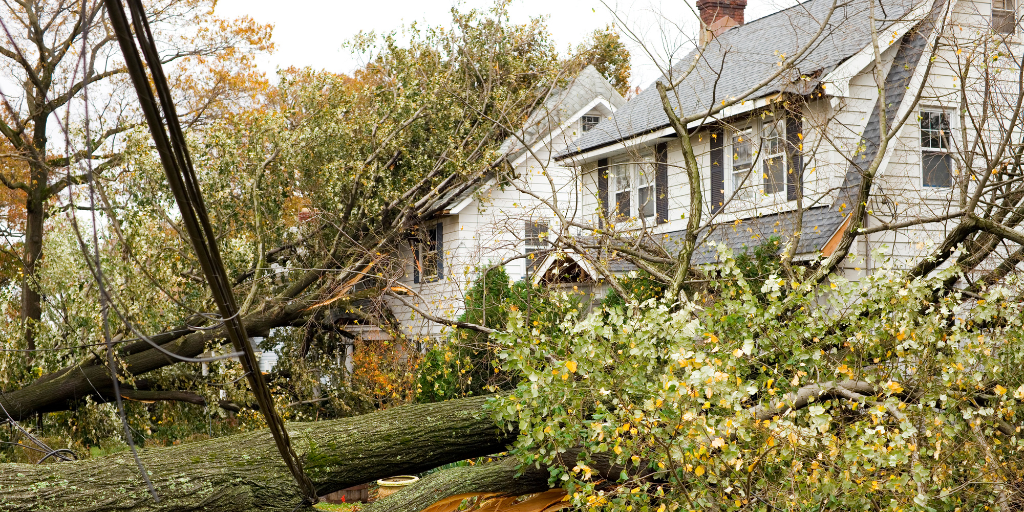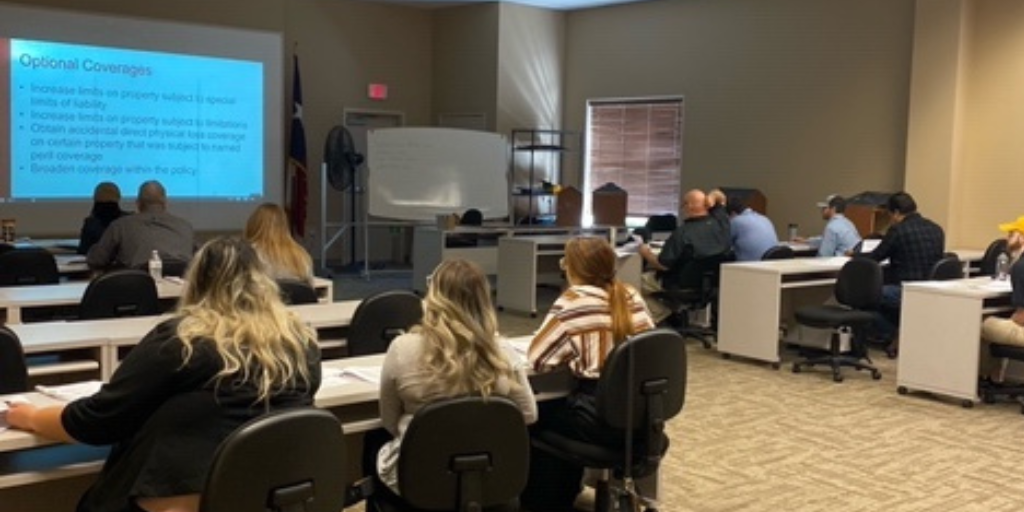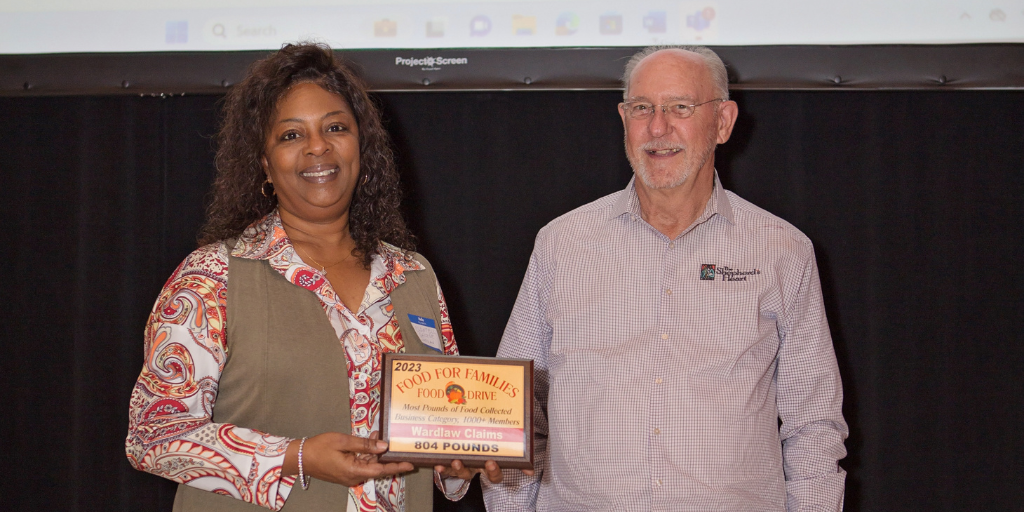The Critical Role of Continuing Education for Claims Professionals: Going Beyond the Basics
In the ever-evolving landscape of insurance claims, staying current with industry trends, regulations, and best practices is not just beneficial—it's...
3 min read
 Wardlaw
Nov 10, 2024 8:20:59 PM
Wardlaw
Nov 10, 2024 8:20:59 PM

The implementation of percentage-based wind and hurricane deductibles represents one of the most significant structural changes in property insurance over the past three decades. For carriers, understanding this evolution is crucial for portfolio management, risk assessment, and maintaining profitable operations in catastrophe-prone regions.
Before Hurricane Andrew, most carriers treated wind damage under standard all-perils deductibles. Given the limited coastal development and relatively stable reinsurance markets, this approach seemed workable at the time. However, the fundamentals of this model were unsound. Carriers were operating with inadequate premium-to-risk ratios in coastal zones, while their understanding of aggregate exposure in concentrated areas remained rudimentary. The catastrophe modeling capabilities of the era simply couldn't capture the true extent of potential losses.
Hurricane Andrew's $27.3 billion (equivalent to $61 billion in 2024) loss event sent shockwaves through the insurance industry that continue to resonate today. The storm exposed critical vulnerabilities in existing risk models and demonstrated conclusively that flat-rate deductibles were inadequate for catastrophic events. Perhaps most importantly, it revealed dangerous concentration risks in carrier portfolios that had previously gone unrecognized.
The resulting wave of insolvencies reshaped market dynamics and catalyzed the development of modern catastrophe modeling. Carriers that survived emerged with a new appreciation for the importance of sophisticated risk management tools and properly structured deductibles.
Today's percentage-based deductible structures serve multiple carrier objectives, balancing risk management needs with operational realities. From a risk management perspective, these deductibles better align risk retention with exposure value and reduce adverse selection in high-risk areas. They've enabled carriers to maintain market presence in coastal regions while improving their reinsurance treaty negotiations.
Operationally, successful implementation requires careful attention to several key elements:
The percentage deductible model has evolved far beyond its coastal origins. Inland carriers now face their own challenges as they adapt these structures to address severe convective storm risks in Tornado Alley and other high-risk regions. This expansion has required careful consideration of territory-specific deductible options and their impact on competitive positioning.
In coastal markets, hurricane deductibles typically range from 2-5% of insured value, triggered by named storms and governed by state-specific regulatory requirements. The interplay between admitted and E&S markets continues to shape these offerings, while reinsurance treaty requirements often influence deductible structures.
Inland markets have developed their own approach, with wind/hail deductibles usually ranging from 1-2% of insured value. These markets face unique challenges in balancing market capacity issues with competitive pressures while adapting to emerging regulatory frameworks.
Claims operations have undergone significant transformation to accommodate percentage deductibles. Modern claims departments must maintain sophisticated trigger verification protocols and deductible calculation procedures. Technology integration has become crucial, enabling adjusters to quickly and accurately determine applicable deductibles during catastrophe response.
For underwriting operations, implementing percentage deductibles has added new dimensions to risk selection and territory management. Underwriters must now consider aggregate exposure levels and portfolio optimization alongside traditional risk selection criteria.
At the portfolio level, percentage deductibles have improved catastrophe load management and enhanced reinsurance optimization opportunities. Carriers have seen reduced earnings volatility and improved solvency metrics through better capital allocation strategies.
Individual risk assessment has also evolved. The structure allows for more precise risk-based pricing and better alignment with reinsurance structures. Perhaps most importantly, it creates natural incentives for policyholder mitigation efforts, helping to reduce overall portfolio risk.
As we look toward the future, carriers must prepare for continued evolution in this space. Climate change implications will likely drive the adaptation of catastrophe models and rating territories, while market capacity challenges may necessitate new risk-sharing approaches.
Three key areas deserve particular attention:
Success in today's market requires a comprehensive approach to percentage deductible implementation. Carriers should maintain regular exposure concentration reviews and territory-specific profitability analyses. Equal attention must be paid to operational readiness, including claims handling protocols and staff training programs.
The percentage deductible model has proven its value as a crucial tool for catastrophe risk management. Carriers must continue to innovate while maintaining market stability and policyholder protection. Success will depend on balancing risk management needs, operational efficiency, and market dynamics.
The future will likely bring new challenges, but the fundamental principle remains sound: aligning risk retention with exposure value creates a more sustainable insurance market for all participants. Carriers that master this balance while maintaining operational excellence will be best positioned for long-term success in catastrophe-prone regions.

In the ever-evolving landscape of insurance claims, staying current with industry trends, regulations, and best practices is not just beneficial—it's...

Community involvement has always been at the heart of Wardlaw Claims Service. We don't just operate in these communities; we live in them. Our...

In the evolving claims management landscape, leading insurance carriers are discovering that the fully remote work model for desk adjusters isn't...